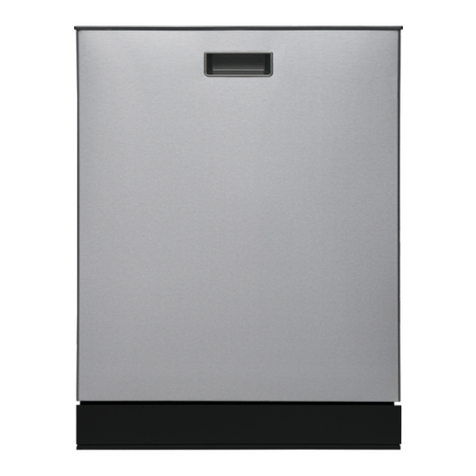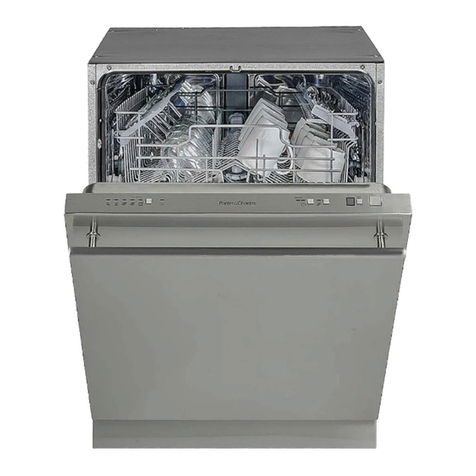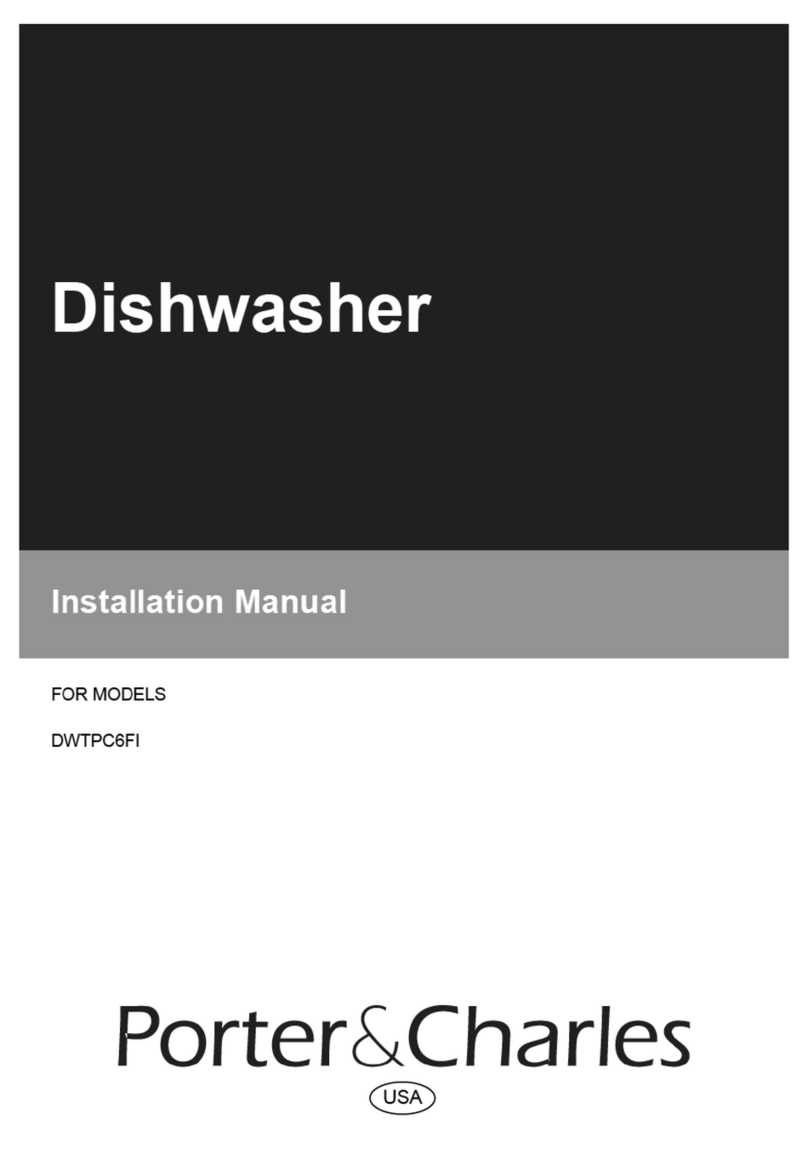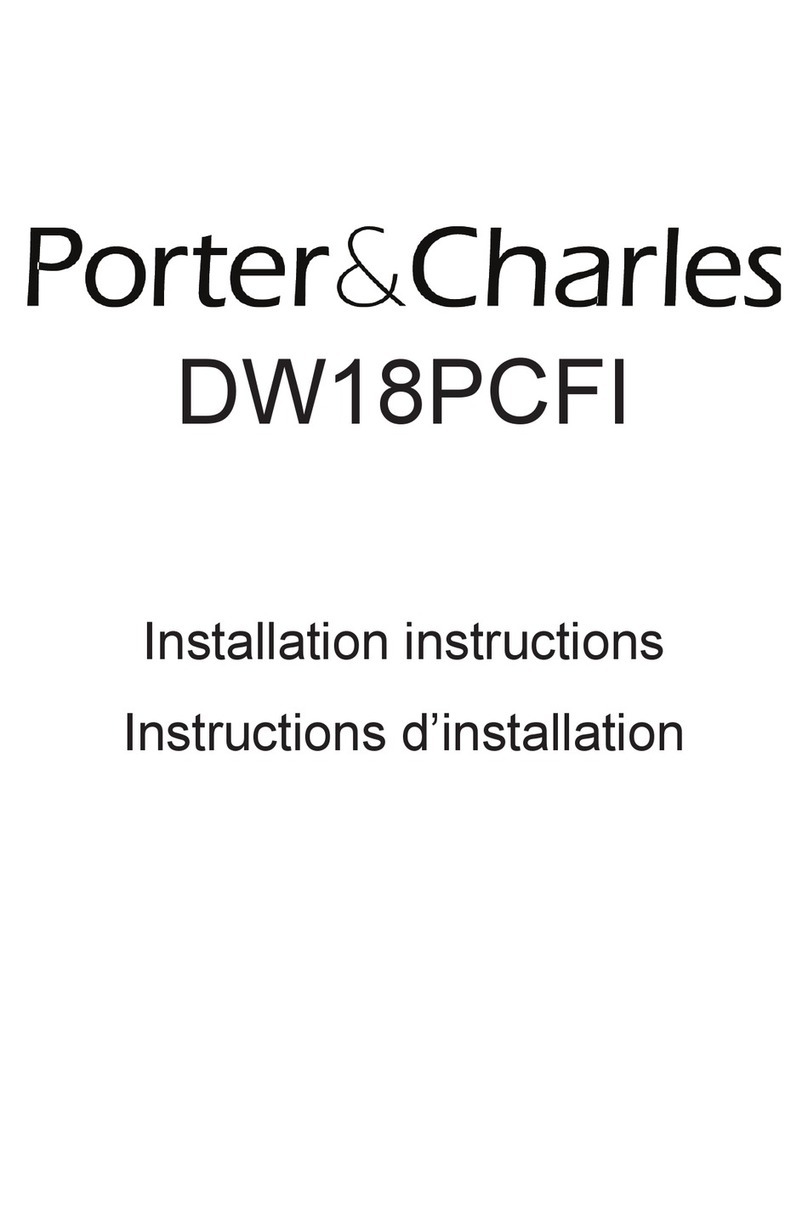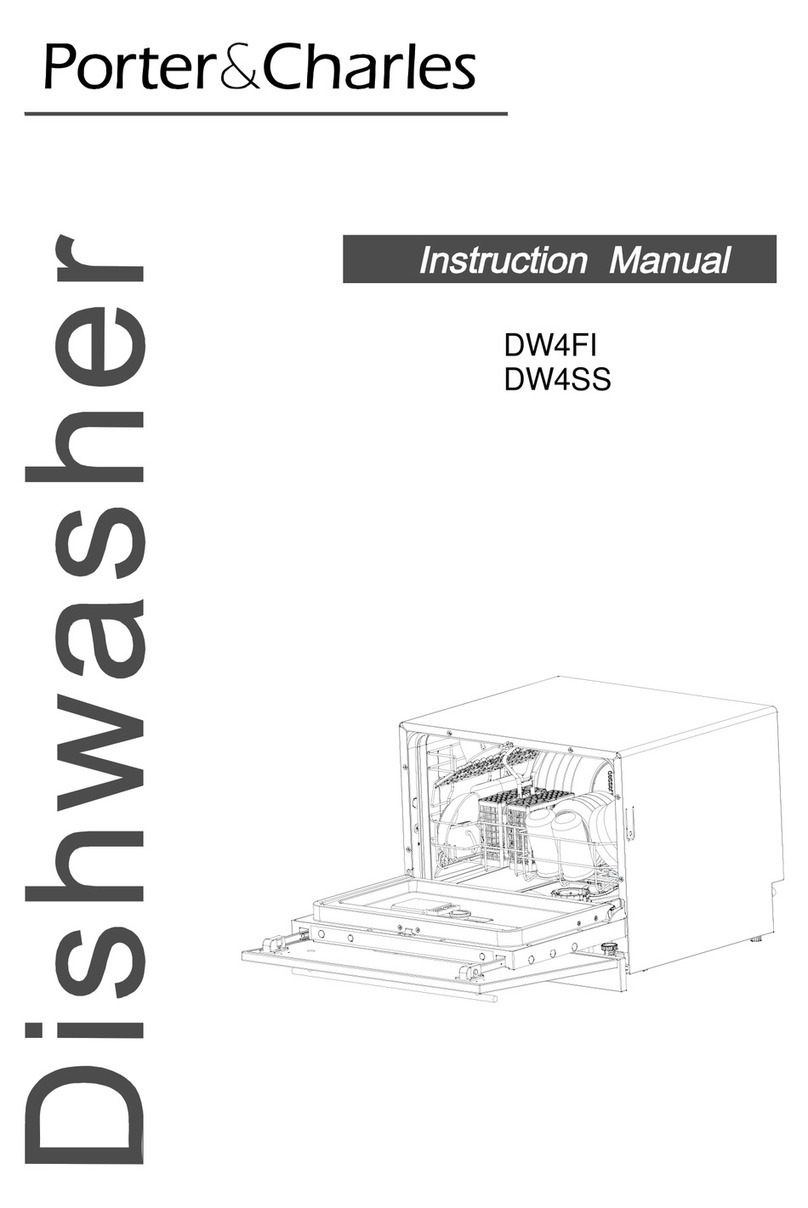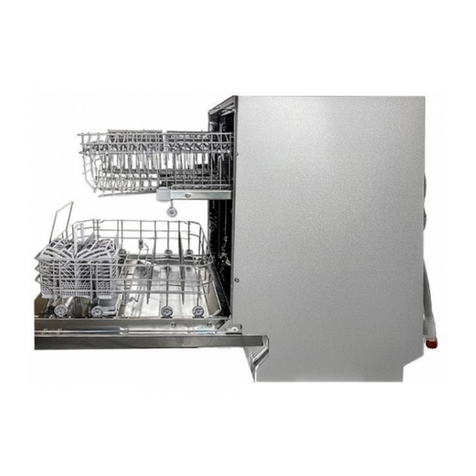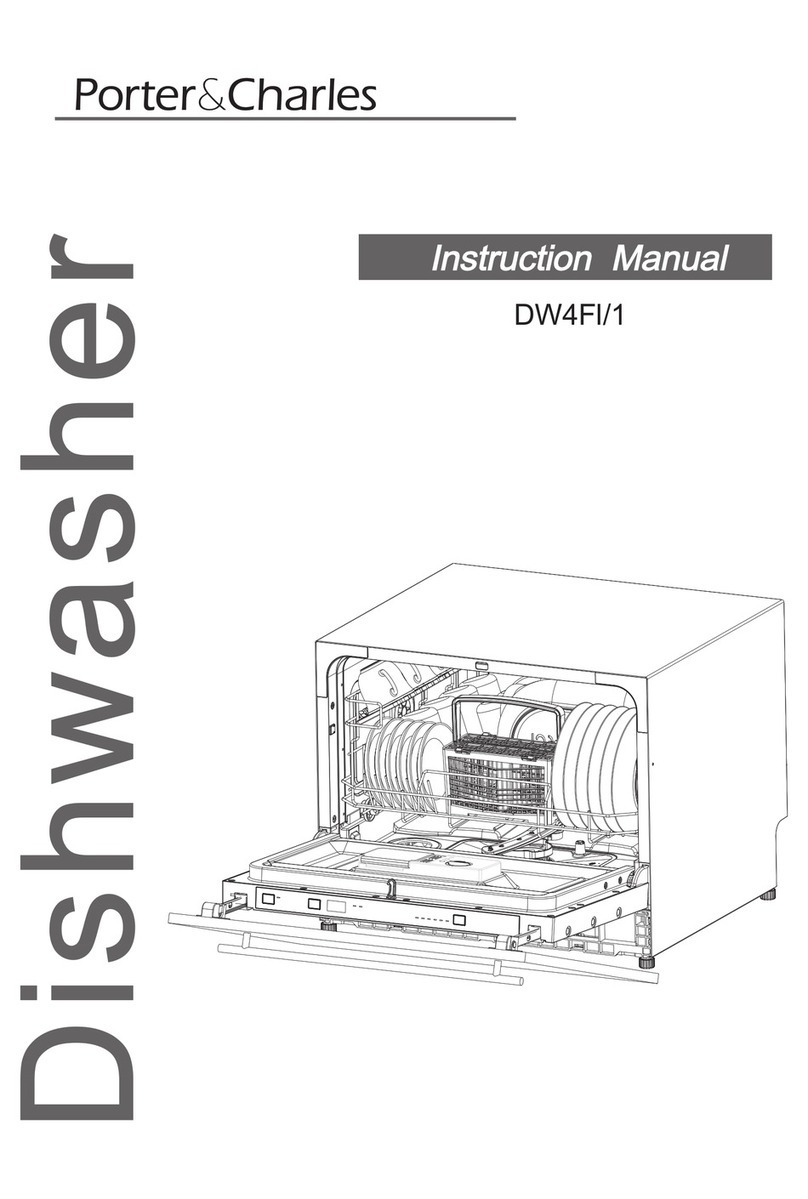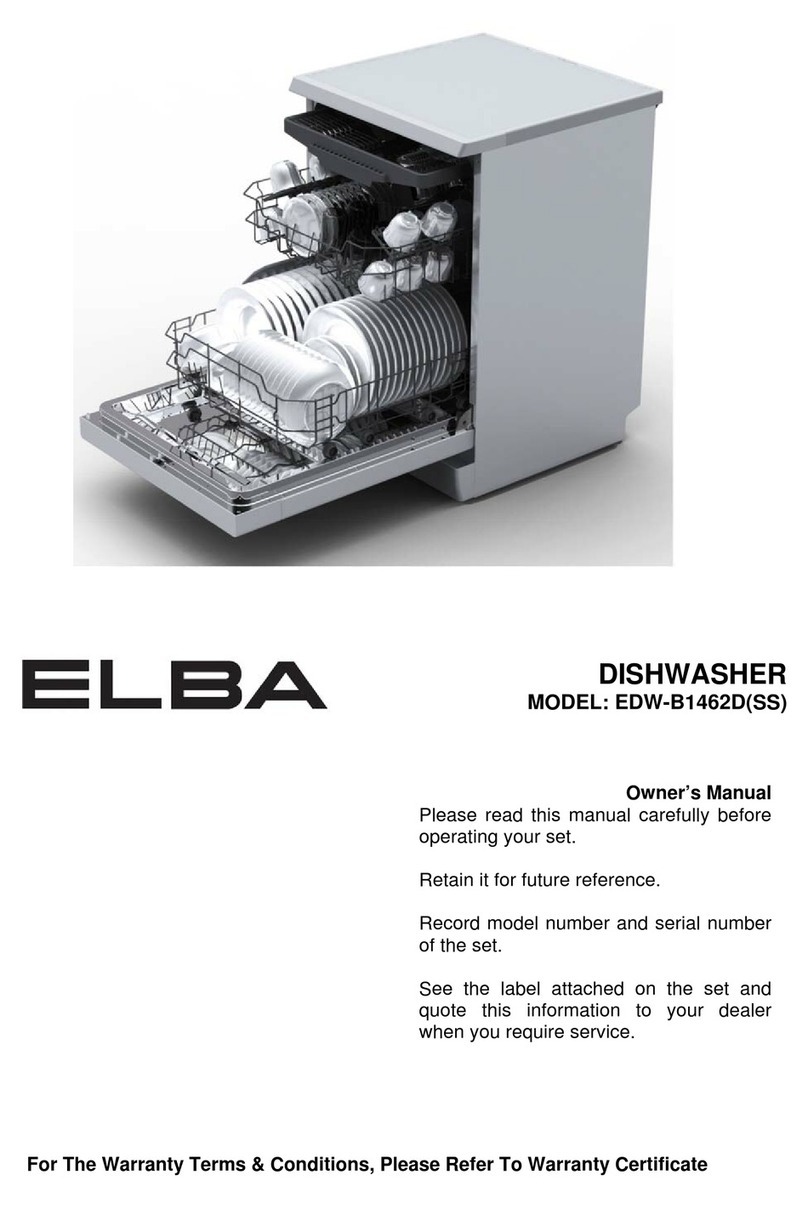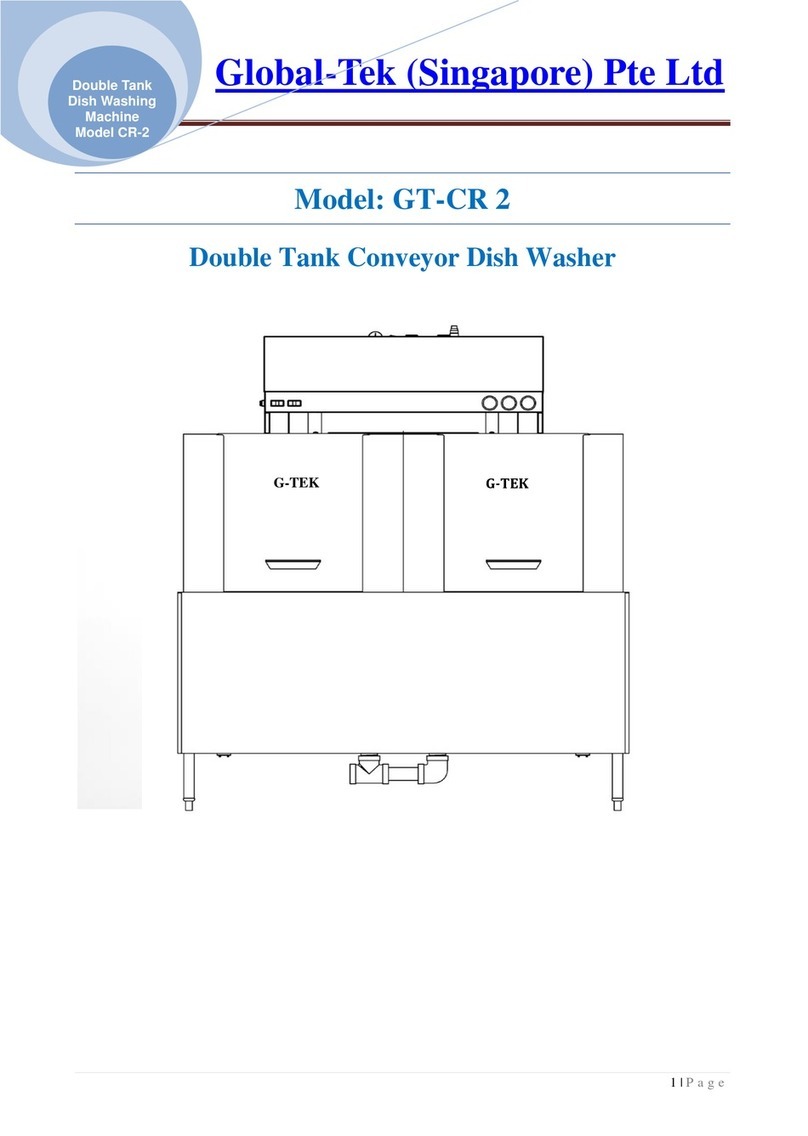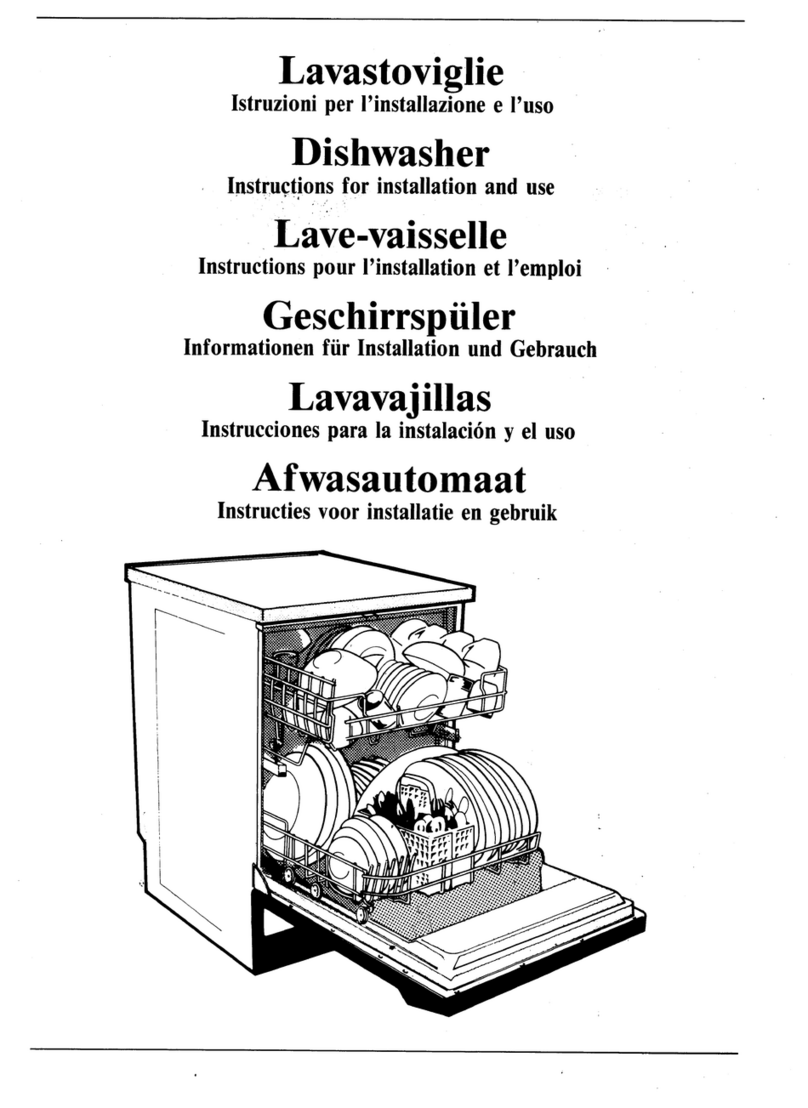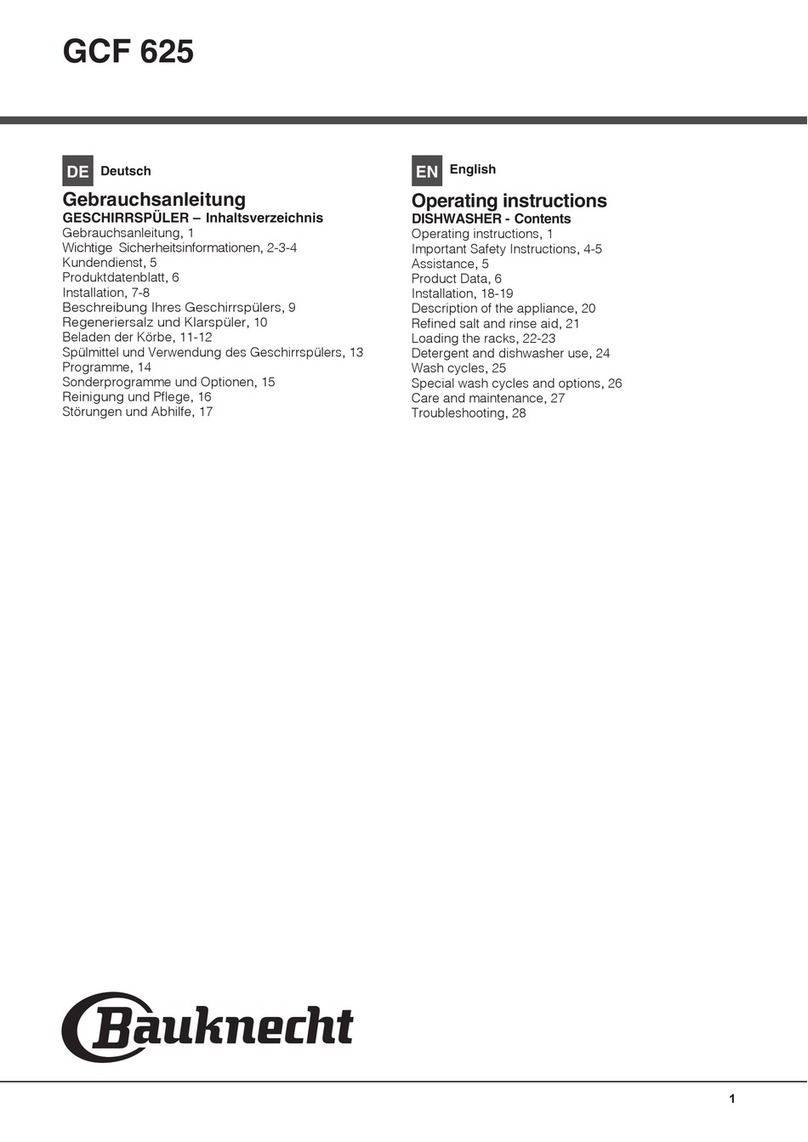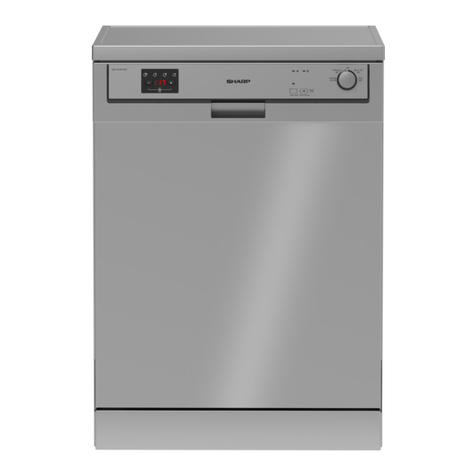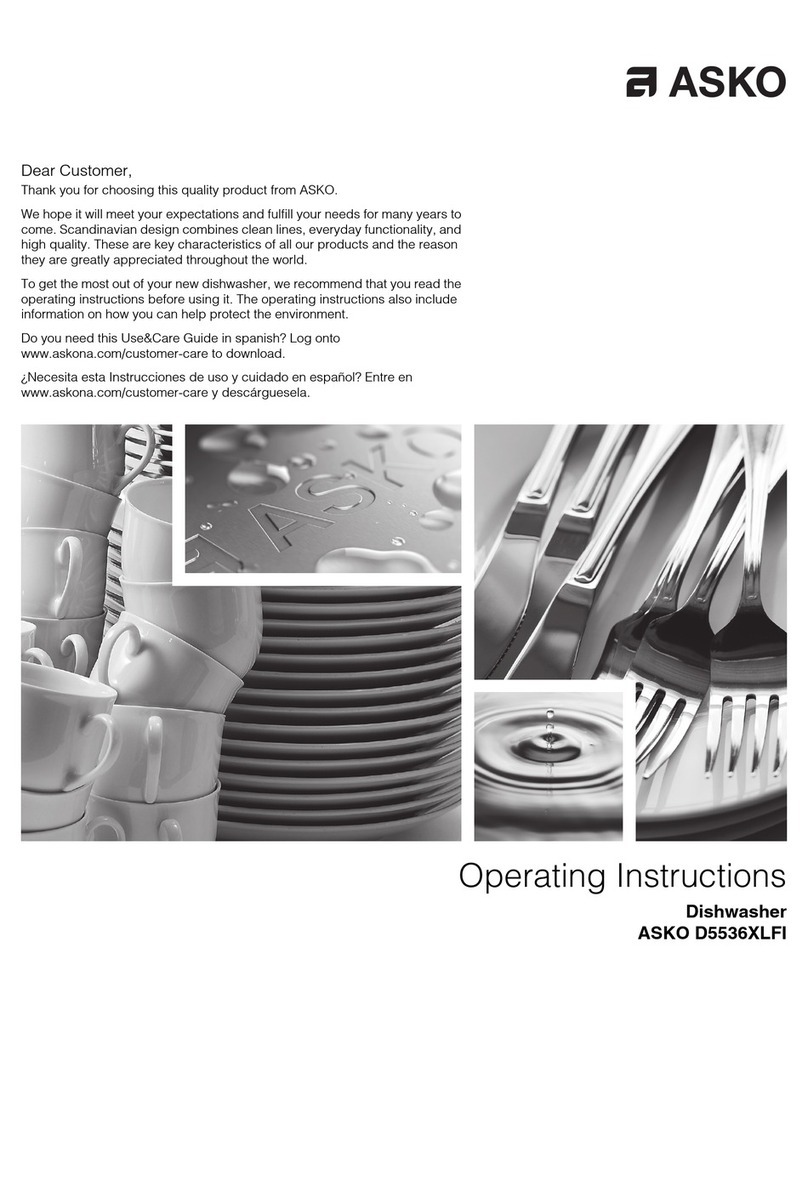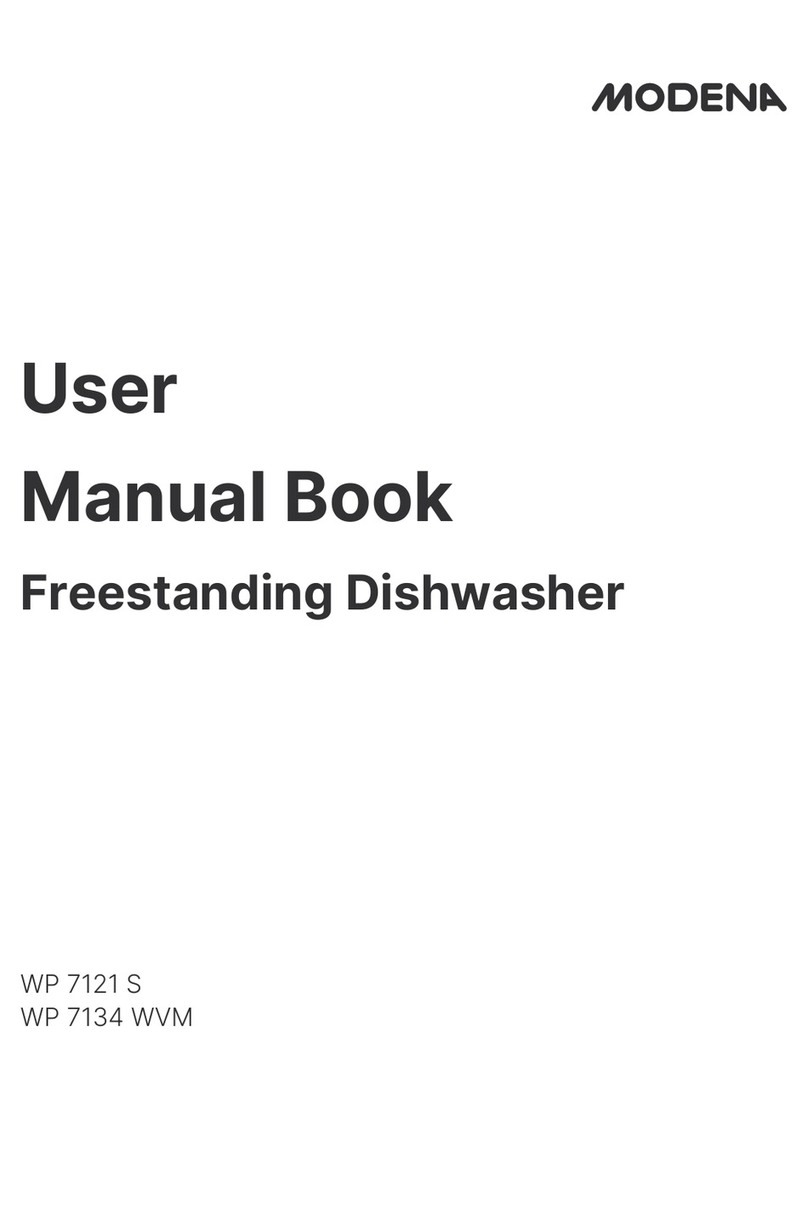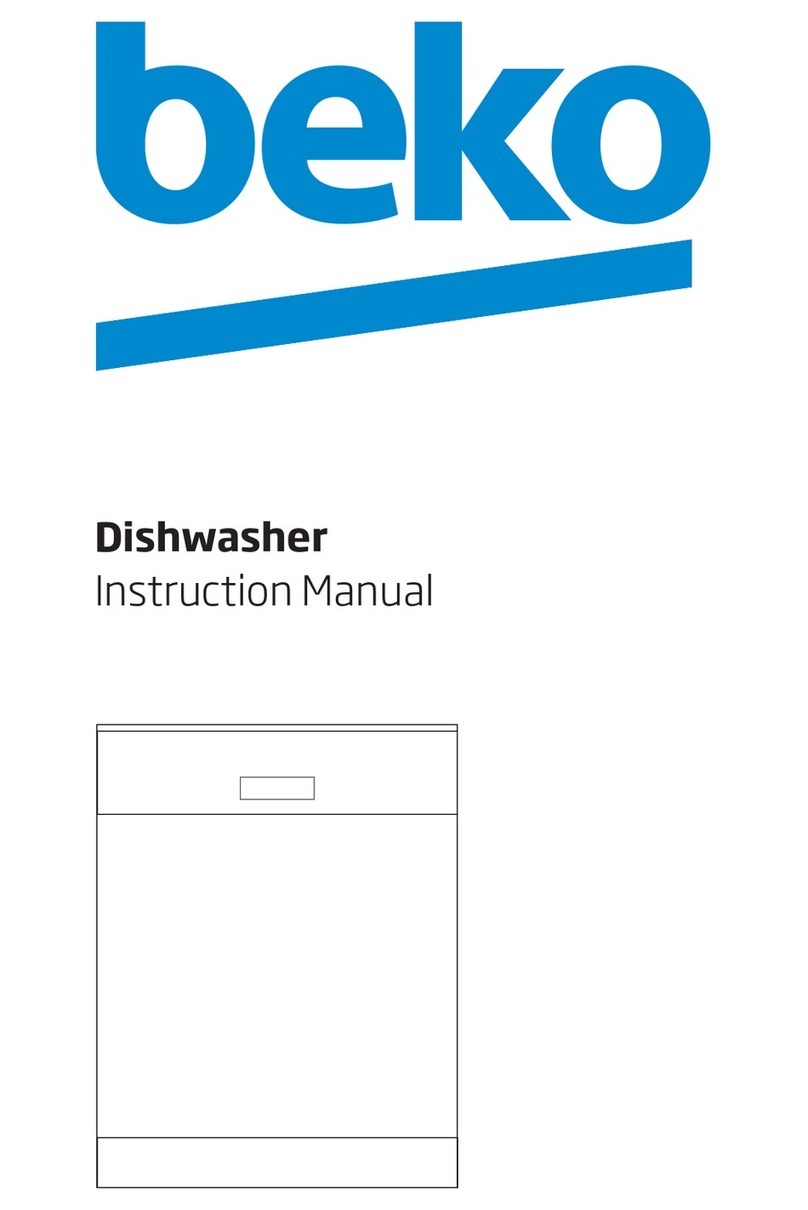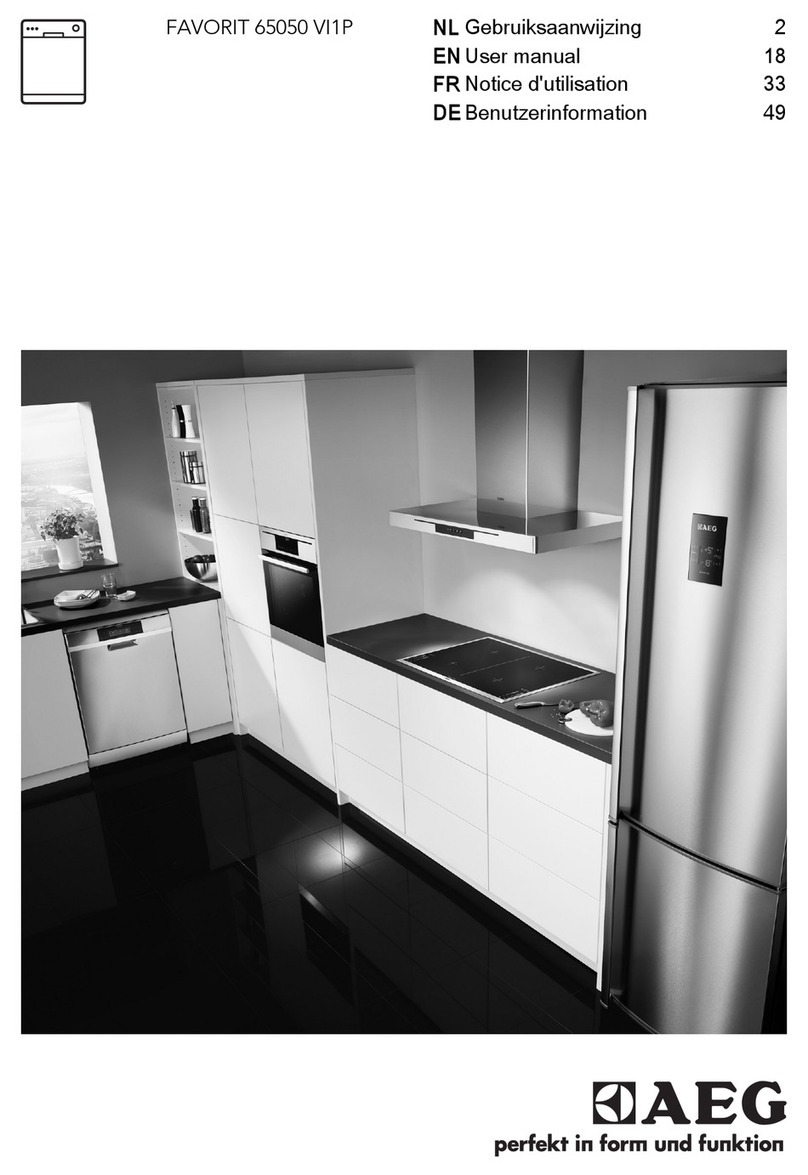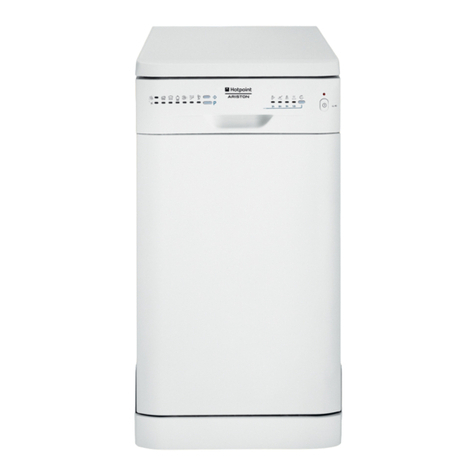Only run a soak program with half loads.
After using the above table to choose the most suitable washing cycle, pro-
gram the appliance.
:tahterusekam,margorpgnihsawagnitratserofeB
•The water supply tap is open.
•There is regenerating salt in the water softener tank (to add
salt, see the instructions in the general manual).
•The correct amount of detergent has been added to the dis-
penser (to add detergent, see the instructions in the general
manual).
•The spray arms are able to rotate freelyand without obstruction.
•The racks have been correctly loaded (see the instructions in
the general manual).
•The dishwasher door is securely closed.
nognihctiwS1.2.2
sserP on/off (ref. 1 fig. 2-02) to start the dishwasher; the indicator lights show
the “status” of the dishwasher.
margorpehtgnitratsdnagnitceleS2.2.2
Programming operations can only be performed with the door clo-
sed. With the door open, the program indicator lights (ref. 4 fig.
2-02) remain off.
margorpehtsserP•selection button (ref. 3 fig. 2-02) several times until the
indicator light corresponding to the required program turns on (ref. 4 fig. 2-02);
•if necessary, press the relative buttons to select the complementary func-
tions you wish to use (e.g. “Programming delay”);
•to start the dishwasher, press the start/pause button (ref. 2 fig. 2-02) for a
few seconds until the indicator light of the selected program starts flashing
(confirmation beep);
•Program status is indicated by the indicator light flashing throughout the
cycle.
-rocnineebsahrodesolcneebtonsahrehsawhsidehtforoodehtfI
rectly closed, the washing cycle will not begin.
